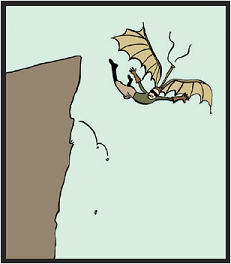Failing Successfully
Small Photo
Photo

After several busy travel weeks, the NDITech team finally enjoyed three consecutive days with everyone in the same office. Amid orienting the new and newest team members and catching up on other projects, we missed out on a local Fail Faire reviewing and celebrating (yes, you read that right) recent failures in the development community.
Though discussing failures publicly isn't a popular practice in a field where most organizations rely on successful work to bring in new grants and funding, the development world is learning to embrace flawed projects as possible iterations on the way to success. Here at NDITech, the team has learned to fail early and plan for contingencies, but it's still reassuring to see statistics like a 70% failure rate for World Bank ICT programs (which is lower than Silicon Valley start-ups!) and hear about bicycle-powered cell phones no one wanted to use and remember that we're not alone when things go wrong.
A friend who studies ICT for justice systems recently blogged about a fantastic guide [pdf] from the Center for Court Innovation on experimentation and failure. Its main points (not all failures are alike - failure is in the eye of the beholder - things fall apart - context matters - beware of unrealistic expectations) are straightforward, but I was glad to realize how many problem-solvers face these same challenges in developing new approaches and making them work. The guide also categorizes four categories of failure:
-
1. Failure of concept (a bad idea)
2. Failure of implementation (poor execution)
3. Failure of marketing and politics (an inability to attract the necessary money or manpower)
4. Failure of self-reflection (an inability to assess one’s own weaknesses and adapt to changes on the ground)
